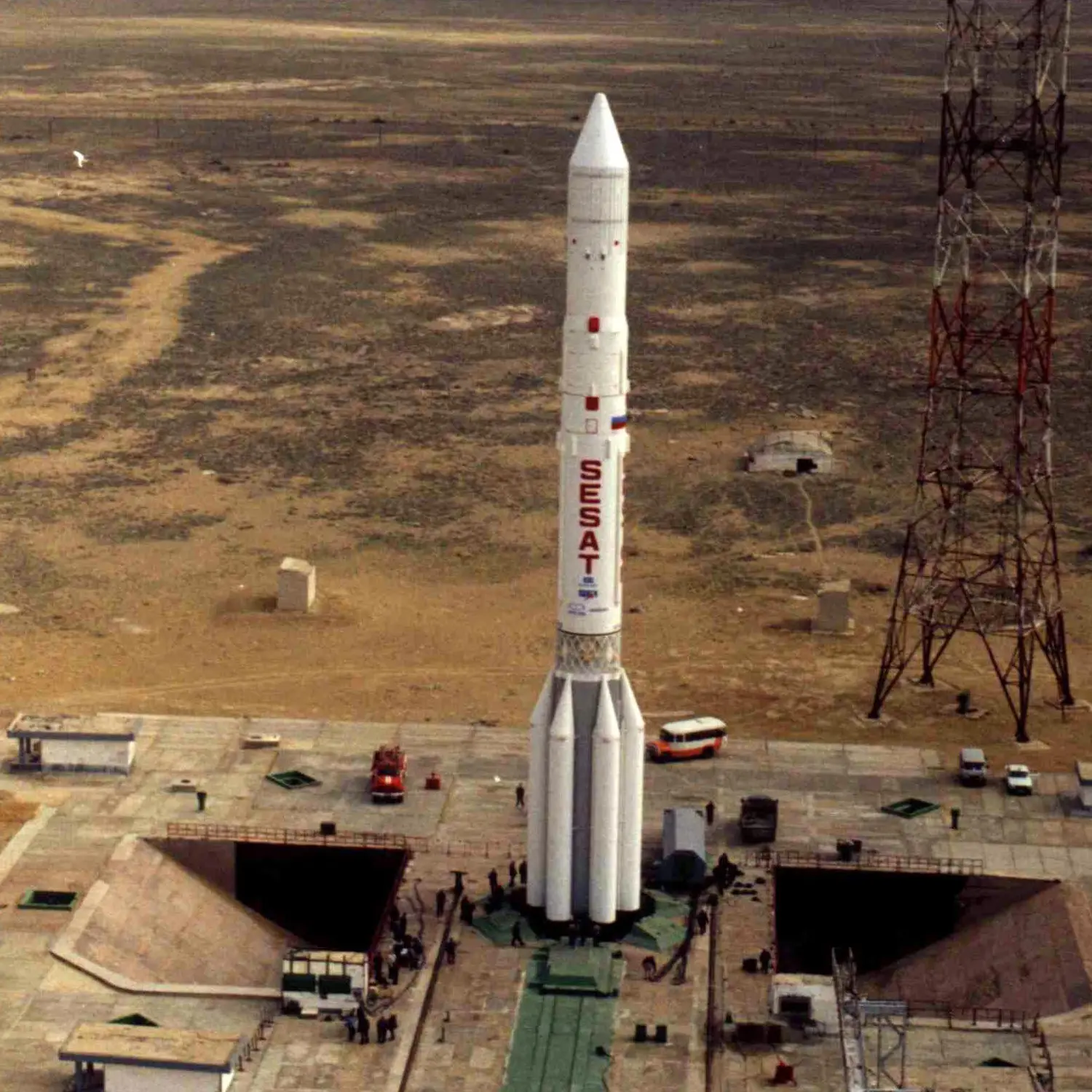/
PanAmSat-10
Launch Success
Liftoff Time (GMT)
01:11:30
Tuesday May 15, 2001
Mission Details
PanAmSat-10
PAS-9 was one of three HS-601HP satellites ordered on Oct. 12, 1998, from Hughes Space and Communications Company (HSC) by PanAmSat Corporation. The satellite will provide broadcast and general communications services in C- and Ku-band for the Americas, the Caribbean, and western Europe, plus direct-to-home services for Mexico in Ku-band. PAS-9 will replace PAS-5 at 58° West longitude. The satellite is a Hughes HS-601HP body-stabilized model, carrying 48 active transponders, 24 in C-band and 24 in Ku-band. The contract calls for 15 years of service. PanAmSat made its own arrangements for the launch vehicle. All Boeing 601 spacecraft use the same basic bus design, allowing the company to realize efficiencies gained by production volume, tooling investments, and quantity buys. The standard 601 model, with silicon solar panels, provides up to 4-5 kilowatts. The 601HP version uses gallium arsenide solar panels and other technological advances to provide as much as 10 kilowatts. PAS-9 has 9.9 kilowatts at beginning of life, featuring leading technologies from Hughes Electronics Corporation subsidiaries. These include Hughes Electron Dynamics' xenon ion propulsion system, XIPS, which is 10 times more efficient than its chemical counterpart, and Spectrolab Inc.'s dual-junction gallium arsenide solar cells with conversion efficiencies of more than 21 percent.
Geostationary Transfer Orbit
1 Payload
3,739 kilograms
Rocket


Manufacturer
KhrunichevRocket
Height: 57.64m
Payload to Orbit
LEO: 19,000 kg
GTO: 2,500 kg
Liftoff Thrust
9,548 Kilonewtons
Fairing
Diameter: 4.35m
Height: 10.4m
Stages
4
Launch Site
Stats
Proton-K
280th
Mission
1st
Mission of 2001
2001
19th
Orbital launch attempt